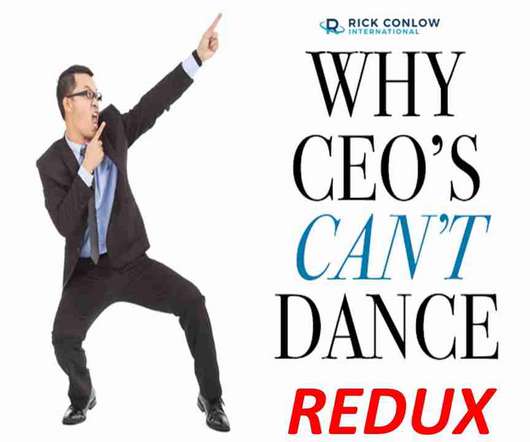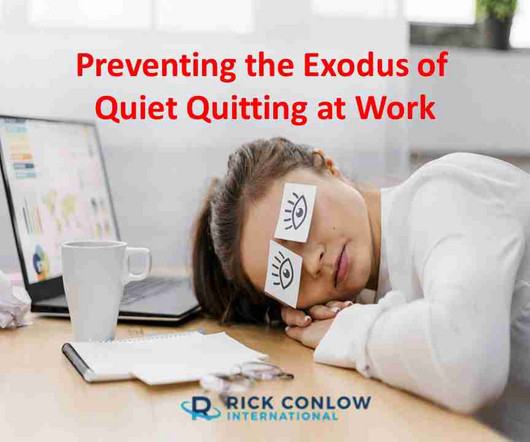What You Can Do to Improve Ethics at Your Company
Harvard Business
DECEMBER 29, 2016
It’s hard for good, ethical people to imagine how these meltdowns could possibly happen. many of us face an endless stream of ethical dilemmas at work. We were surprised that 30 leaders in the study recalled a total of 87 “major” ethical dilemmas from their career histories. Cross-cultural differences.












Let's personalize your content